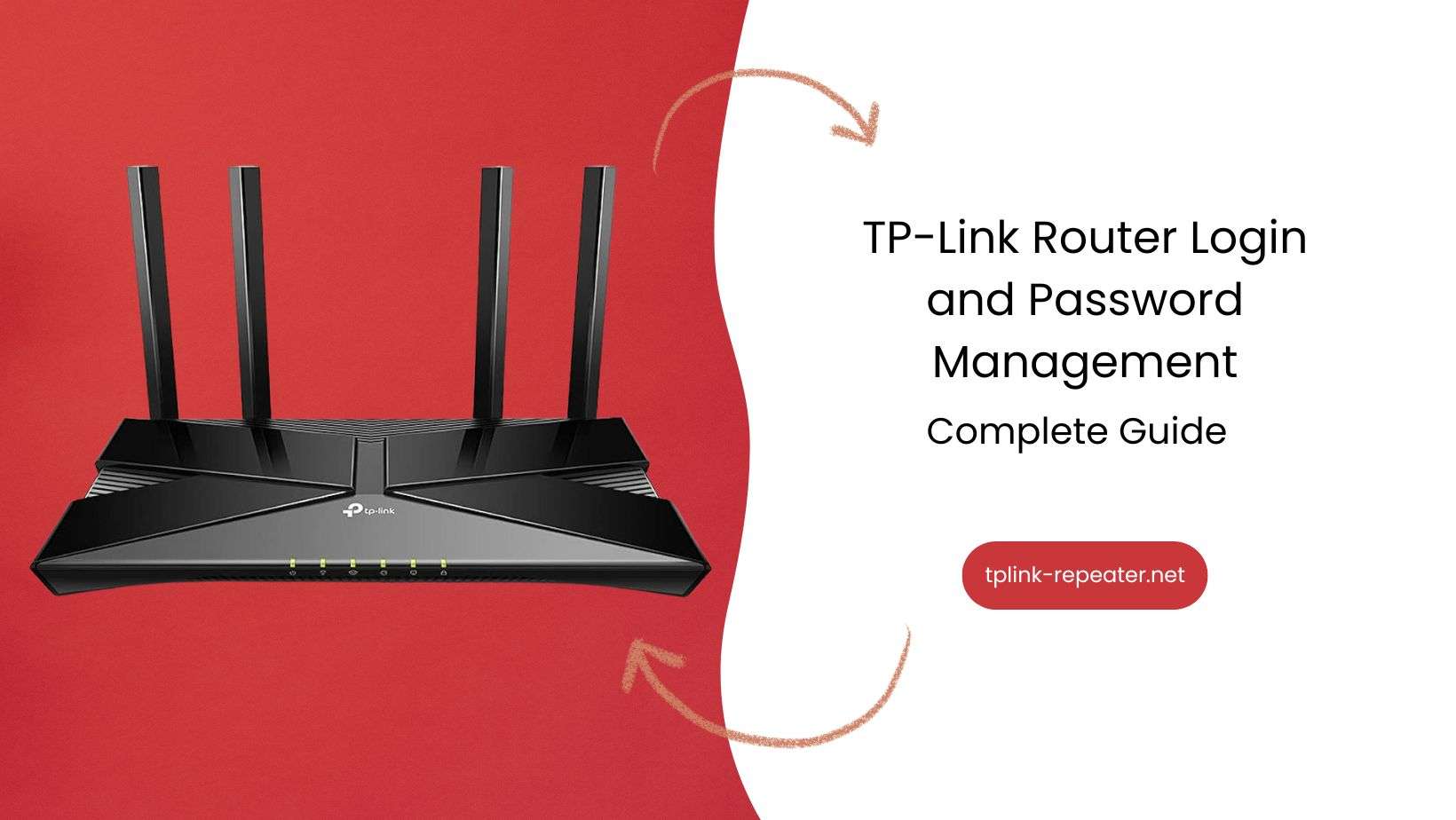
To enter a TP-Link router, one usually requires the default URL (or IP address) and default username with its corresponding password. Below is the most used default login credentials for TP-Link routers:
- Login IP Address: 192.168.0.1 or 192.168.1.1
- Username: admin
- Password: admin
Now here is the login process:
- Connect to Your TP-Link Network: It requires that your computer gets to the TP-Link router network. This may be through a wired way using the Ethernet cable or a wireless connection.
- Web Browser: Open any web browser on your computer system.
- IP Address: Upon opening the web browser, type the IP address (192.168.0.1 or 192.168.1.1) in the address bar of the opened web browser and hit Enter. If such IP addresses are unsuccessful, then read the manual to find it.
- Enter the login credentials: If asked, use the default username and password for both fields until and unless you have changed it. Usually, it is “admin” for both unless the user changes it.
- Log into the Router: After you have authenticated your credentials successfully, you will now be logged in to your TP-Link router and be in a position to access the different settings of the router.
Note: These settings are highly recommended to be changed from the defaults to something secure. Without doing this, anyone would be able to log in to your router and change its settings. This can generally be found from within the administrative interface in a section usually named “System Tools” or “Administration“.
If you have previously set the login details, you have probably forgotten them and need to reset the router to its factory default settings. Normally, you have to press down the “Reset” small button at the back of the router for 10 seconds. However, it will clear all your settings, and therefore, you will have to go through the router setup again.
How to RESET TP-link Router Password
This usually involves two basic steps in the process of resetting your TP-Link router’s password: resetting the router to factory settings—this, in effect, then reverts the admin login password for the router back to the default—and then going ahead to log in and change the password for the router. This is how you are supposed to go about it:
Factory Reset the TP-Link Router
Caution: Factory resetting will wipe all the configurations you may have done on the router, including the Wi-Fi network names (SSID), Wi-Fi passwords, and any customization. Only do this if you have tried everything but still have not remembered the router’s admin password.
- Locate the Reset Button: The “Reset” button is generally marked and located at the back or bottom of your TP-Link router; it should be quite small and recessed.
- Press and hold the reset button. Use a paperclip or something, press down the reset button, and hold it. Normally, it requires an interval of about 10 seconds. However, that interval may depend on the model of your router.
- Wait for the Router to Restart. You can let it restart on its own after about 10 seconds of holding the reset button. The router will then be able to take a couple of minutes to reboot. Once the lights on the router are normalized, then the reset is successful.
Also Read- How to login to Tp-Link Router
Log In to the Router to Set a New Password
Once the factory reset of your router is complete, you can then log in to the router using the default credentials and proceed with setting a new password.
- Access the Router: You can be able to access this using either your laptop or a smartphone, and the connection can be wireless through Wi-Fi or wired using an Ethernet cable.
- Access the Router’s Web Interface: Open a web browser and enter the default IP address for your TP-Link router in the address bar. This is usually 192.168.0.1 or 192.168.1.1.
- Enter Default Login Credentials: When prompted, use the default username and password to log in. For most TP-Link routers, this will be “admin” for both fields.
- Navigate to the Password Settings: Once logged in, look for the section to change the password. This might be under “System Tools”, “Administration”, “Management”, or a similar section depending on your router model.
- Set a New Password: Follow the on-screen instructions to set a new password. Choose a strong password that includes a mix of letters, numbers, and symbols to enhance security.
- Save Your Changes: Make sure to save your new settings before exiting the router’s web interface.
Additional Tips
- Update the Firmware: You might like to update the firmware of your router if you did verify and, indeed, there is no new firmware update. It so happens most of the time that manufacturers release updates to improve security and add functionality.
- Secure Your Network: Besides changing the admin password, ensure that your Wi-Fi network is well secured by placing a strong password on it and setting its encryption at WPA2 or WPA3.
- Document Your Settings: You can then document these new settings and also the set of new passwords for future reference. Place the documentation in a safe location.
There you go. You have now successfully reset the TP-Link router password and secured the network.
